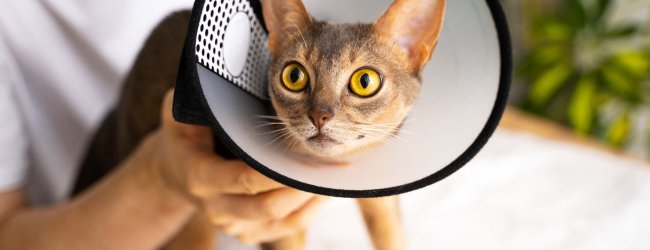 Approved by Dr. Dwight Alleyne, DVM
Approved by Dr. Dwight Alleyne, DVM Ear Mites In Dogs: How To Handle & Spot ‘Em Early
Ear mites are a particularly tenacious brand of infectious critters that can infect your buddy's ears - any time of the year. Causing your buddy a bad case of itching at best...or worse, if left untreated. Here's how to handle them.

Let’s admit it: it’s pretty cute watching your buddy shaking their heads and making their ears flop about like that. But on the not so bright side, if they’re doing it more than usual…you might just be dealing with an infection or an allergy. Like, for example, a case of ear mites in dogs.
Much like fleas and ticks, these little parasites can cause our poor buddies a world of discomfort – so it’s important to spot and get rid of them quickly.
So here’s all you need to know about how to get rid of ear mites in dogs – and figure out where your buddy’s been picking them up from in the first place. Let’s get started.

Find out how your dog spends their time.
Read more- What are ear mites?
- Can ear mites on dogs infect humans?
- Where is my dog likely to pick up an ear mite infection?
- How to spot the early signs of ear mites on dogs
- How your vet might treat an ear mite infection
- How to treat ear mites in dogs – at home
- How to prevent your buddy from picking up ear mites
- Keep your dog’s ears mite-free – no matter the season (or reason)
What are ear mites?
Ear mites (Otodectes cynotis) are tiny parasites that end up making their homes in animals’ ear canals, including both dogs and cats. They’re actually related to spiders, since they belong to the arachnid family.
Importantly, ear mites are active all year-round – meaning they aren’t seasonal critters, like fleas and ticks. So it’s possible they can infect your pets’ ears any time of the year!
- Cats tend to be more frequently infected by ear mites than dogs.
- Other species of mites can infect other parts of your dog’s body, like their belly or hindquarters.
- Ear mites feed on dead skin cells and can cause severe itching and irritation.
- They aren’t usually visible to the naked eye, since they’re only around 0.3-0.5 millimetres in size.
- But left untreated, ear mites can reproduce quickly – laying their eggs in your buddy’s ears, from which new mites hatch…within a couple of days.
Because they spread so quickly, you’re best off spotting the signs of an infection early, figuring out where your buddy might have picked it up from – and taking action.
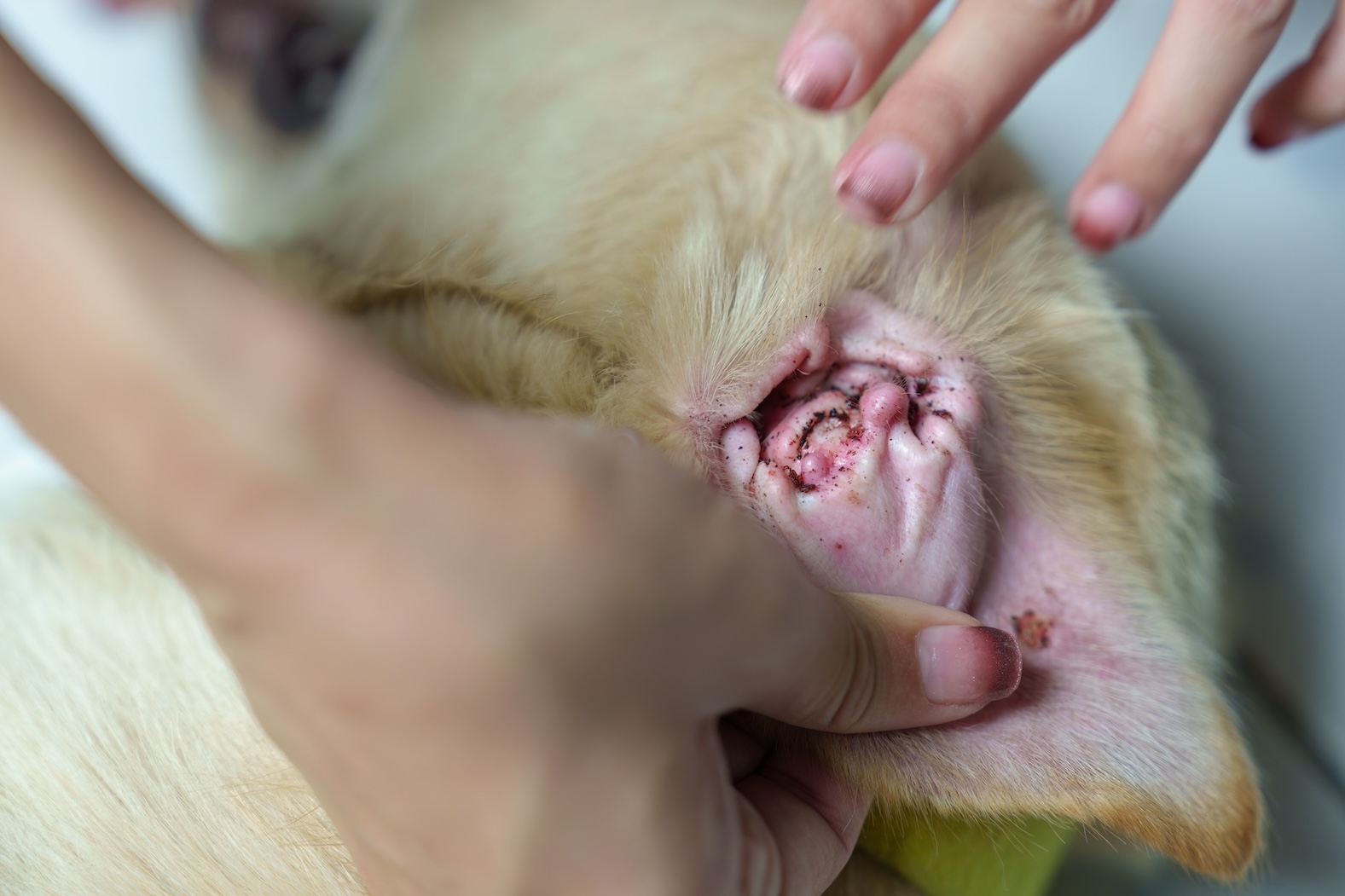
Can ear mites on dogs infect humans?
Thankfully, ear mites don’t tend to infect humans – especially Otodectes cynotis, the species of ear mite that infects dogs. Humans don’t tend to be ideal hosts for these little critters. So don’t worry, you’re unlikely to pick up an infection from your dog. Likewise for other pesky parasites, like dog lice.
(Fleas and ticks, on the other hand, can infect humans and spread harmful diseases. So it’s important to get your dog checked at your vet’s for what exactly is causing their itching and discomfort.)
- Unfortunately, ear mites on dogs are still highly contagious and can easily pass from one animal to another. So be careful if you’ve got multiple dogs – or pets – at home, including cats or even rabbits. Or a Mama dog with a litter of puppies.
- Ear mites can survive for several weeks outside the host, so the risk of infection is high even during and after treatment.
⚠️ Meaning, your other pets might pick it up from contaminated surfaces, like shared toys or feeding bowls – or even from the great outdoors.
Which brings up an important question…
Where is my dog likely to pick up an ear mite infection?
Now it’s difficult to pinpoint exactly WHERE your buddy might’ve gotten infected. It could be from:
- Dog parks, where they might’ve picked it up from another dog or animal while playing together.
- The animal shelter you adopted them from, which might’ve included an infected dog, cat, or another small mammal.
- The kennel or boarding facility they stayed at while you were traveling,
- The grooming salon you take them for their haircuts, especially if other pets are around or someone uses the same equipment by accident.
- The woodland near your property, where your dog might have run into other animals, like rabbits, squirrels, or other mammals venturing near your yard
- Your other pets at home,
- Visiting your friends or family who also have pets at home…
Or just from your dog’s adventures outdoors, if they spend any amount of time by themselves outside.
💡 So with this knowledge of where your dog’s been spending most of their time, you can more easily identify:
- When the itching began,
- What was the last spot that your dog was hanging out,
- Whether there’s a particularly “itch”-prone zone in your neighborhood – which you can warn other pet parents about.
All of which you can do by monitoring your buddy’s whereabouts like a hawk 24/7…
Or just check your dog’s whereabouts with a glance at your phone – if you’ve strapped a GPS tracker to their collar, that is.
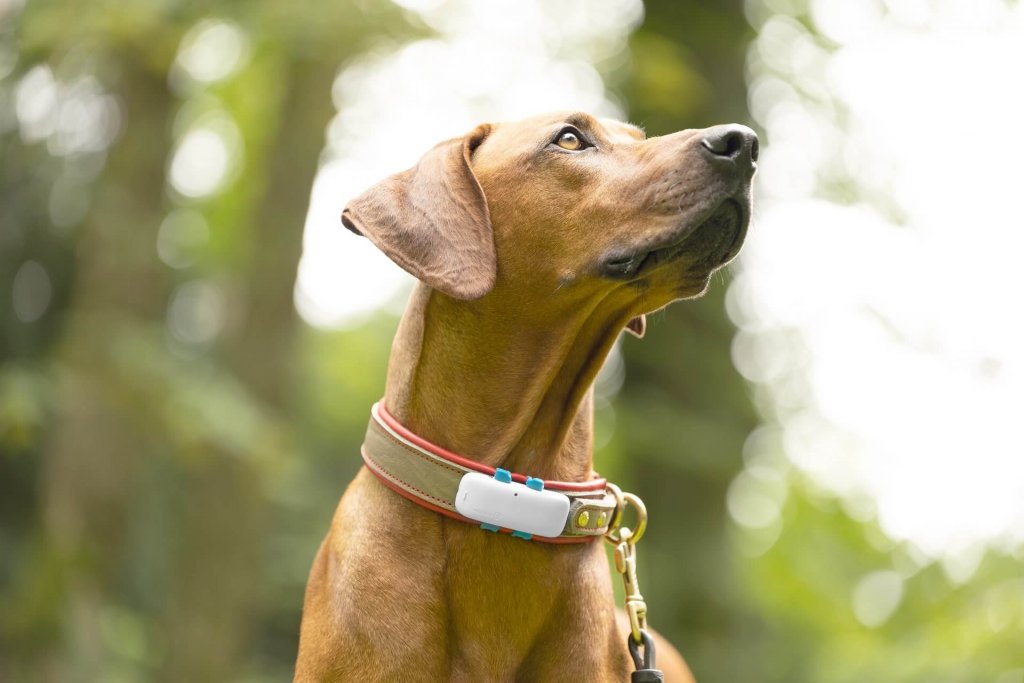
🐶 Loved by pet parents around the world, your trusty Tractive GPS helps you track your dog:
- In real-time,
- Over an unlimited range,
- Across a Heat Map of your dog’s most-frequented spots,
- With an escape alert if your dog sneaks past the “safe zone” you’ve set up around your backyard,
- And even while on vacation (or 175 countries, if you’re on a Premium subscription.)
All this, with just a glance at your phone – helping you keep your dog safe and sound (and itch-free), at every step.

How to spot the early signs of ear mites on dogs
Now on the bright side, you can actually spot the symptoms of an ear mite infestation pretty early. These little parasites’ bites and saliva tend to irritate your poor dog’s ear canals quite a bit.
So watch out for:
- Excessive itching around your dog’s ears,
- Shaking or tilting their head,
- Rubbing their head to the floor or walls,
- Restlessness,
- Hair loss due to scratching,
- Any crust around or inside your dog’s ears,
- Redness or inflamation,
- An increase in earwax in your dog’s ears, which may be dark colored
⚠️ In some serious cases:
- Your dog’s scratching could open up wounds that could get infected by bacteria, viruses, or even fungi.
- Else, the mites can spread rapidly and end up damaging your poor dog’s eardrums or cause an infection deeper within their ears.
So the minute you notice any abnormal head shaking or excessive scratching, get your dog (or dogs – or all your pets) to the vet for a checkup right away.
How your vet might treat an ear mite infection
The good news: your vet can treat an ear mite infection pretty easily once they’ve detected the cause.
The (slightly) less good news: you’ll have to follow the full course of treatment for quite some time to get rid of the pests 100%. Your dog (and other pets) can still get re-infected both during AND after the treatment, if you’re not careful!
- Your vet might start with a full checkup of your dog’s ears and the rest of their body to figure out what’s causing the itching.
- If necessary, they might also take a ear swab of any debris to examine under a microscope and figure out what kind of infection it might be.
If it turns out to be a case of ear mites, your vet might prescribe you special ear drops, other topical medication, or spot-on treatment. They might also recommend specific medication to take care of any secondary infections, if necessary.
How to treat ear mites in dogs – at home
While you might be considering home remedies for ear mites in dogs, it’s always better to follow your vet’s advice instead.
⚠️ Meaning skip the oils and stick to your vet-prescribed medication for a full recovery. (You never know what kind of seemingly harmless substance at home could end up worsening your buddy’s infection or triggering an allergy instead.)
How long you’ll have to keep at it depends on how severe your dog’s infection is. But throughout, make sure you apply their medication consistently – else you might risk re-infecting your dog (or other pets.)
Besides, it also makes sense to:
- Get all your pets examined by your vet to prevent re-infections.
- Keep your dog away from your other pets for the full course of treatment.
- Avoid dog parks or other areas your buddy might come across other dogs or animals.
- Regularly wash any blankets, upholstery covers, or mats your dog has come in contact with – or likes to lay on. Hot water can help get rid of the pests in no time.
- Likewise, make sure to wash and disinfect your dog’s toys and grooming tools on the regular.
- Deep clean your floor, carpets, and upholstered furniture thoroughly during the treatment period. A steam cleaner can help, if you have one.
- Wash your hands thoroughly after touching your dog or any objects they use, like toys or blankets.
How to prevent your buddy from picking up ear mites
Vet visits and treatment aren’t the most affordable these days. So you’re always best off preventing a case of ear mites in dogs in the first place. Here are some tips to help you both stay safe:
- Check your buddy’s ears regularly. Any increase in earwax, swelling, or inflammation that’s visible to the eye means your dog’s immune system is on “fight” mode.
- If you do find any slight crust or buildup, you can gently remove them with a cotton pad or liquid from your vet’s clinic that you can use to clean your dog’s outer ears.
- Avoid using cotton buds on your pet’s ears. This can risk injuring the ear or pushing dirt deeper into their ear canal.
- Regular grooming and vet checkups can help you spot any signs of infection much in advance – especially for critters that can spread harmful diseases.
And if you know where your dog’s hanging out all day..
You can more easily figure out if these are spots where your dog might run into:
- Other dogs, and come home extra itchy from
- Other animals, and pick up something worse than ear mites
- Harmful chemicals and pesticides from your neighbors’ backyards or nearby farmland,
- Or even some source of extra bites, licks, and tastes – which could end up being something that’s off-limits to dogs
💡Which you can check with just a glance at your phone – from your dog’s Heat Map & Location History.

Helping you figure out at a glance where your dog likes to spend most of their time – and whether those are near any “itch”-prone zones in your neighborhood.
So you can:
- Avoid them altogether,
- Warn your friends and neighbors – so you can all steer clear and prevent your pets from infecting one another,
- And take an active role in your buddy’s safety and wellbeing.

Keep your dog’s ears mite-free – no matter the season (or reason)
Parasites like ear mites in dogs can be annoying to deal with at best – and likely to trigger worse infections or ear conditions if you miss out on them.
So keep an eye out for:
| The signs of ear mites on dogs: | Which you can handle by: |
| – Excessive itching around your dog’s ears – Shaking or tilting their head – Rubbing their head to the floor or walls, – Restlessness – Hair loss – Crust in your dog’s ears – Redness – Inflammation – Increased dark earwax | – Regularly cleaning out your dog’s ears with a cotton wipe – Getting all your pets for a checkup at your vet’s clinic – Following the full course of medication, which could be ear drops or other spot-on treatments – Keeping your dog away from other dogs and animals until they recover fully – Thoroughly washing and disinfecting your dog’s bedding, toys, and grooming tools – Doing a deep clean of your indoor environment |
And most importantly…
- Figure out if your dog is hanging out in any “itch”-prone zones in your neighborhood.
🕷️ So you can steer clear of these spots, warn other pet parents, and keep your buddy safe and itch-free.
💡 All of which you can do with just a glance at your phone – if you’ve invested in a Tractive device.
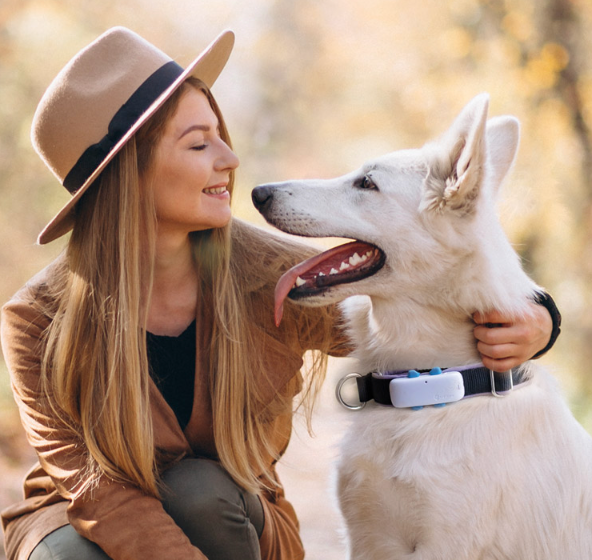
So you can figure out where your dog’s been spending most of their time – and if it’s better to:
- Mark these spots as “no go” zones via your Tractive mobile app,
- Double down on your parasite preventatives before you two head for a walk near any of these spots,
- Give your dog an extra thorough wash when you two are back home.
🐶 Keeping your buddy healthy, happy, and itch-free – for good.
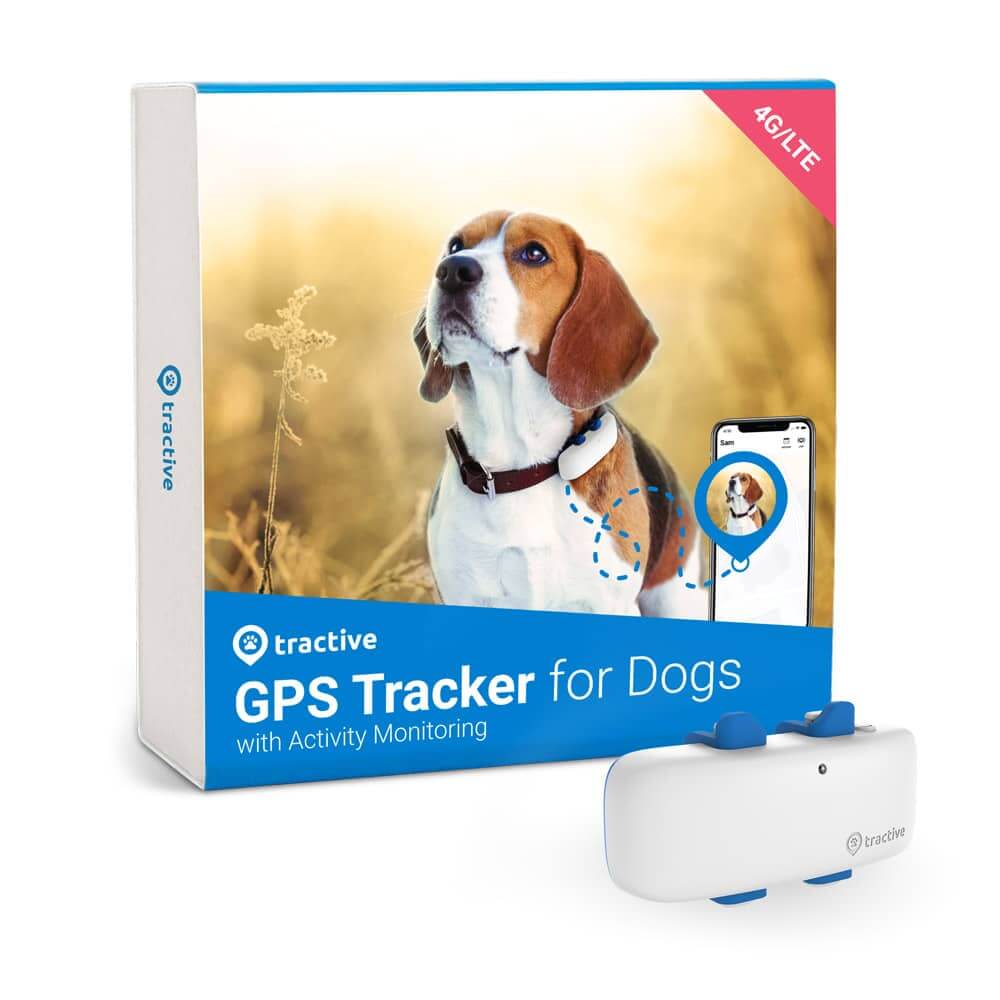
Always know where your dog is
Follow every step in real-time with unlimited range. Get alerts if they wander too far. Keep them happy & healthy with Wellness Monitoring. And let others – like walkers or sitters – keep an eye on your dog too.
For an extra expert take on how to deal with ear mites on dogs, here’s Dr. Lera from the Heron Lakes Animal Hospital walking you through the process:
And if you’ve liked this post, share it with a friend or a loved one – and let’s help build a safer, kinder world for our furry friends together.
Your furry friend’s health and wellbeing means as much as to us as it does to you. So we’ve made it a priority to only share medically-relevant content on our blog.
This post was checked, double-checked, and medically verified by Georgia-based vet, Dr. Dwight Alleyne.

Originally from Long Island, New York, Dr. Alleyne began his career at a no-kill animal shelter before becoming a licensed veterinary technician. He graduated from Cornell University Veterinary College in 2006 and completed an internship at Purdue University.
Now practicing in Georgia, Dr. Alleyne specializes in soft tissue surgery and ultrasounds. He also writes pet health articles on his website, “The Animal Doctor Blog” (www.anmldrblog.com).
